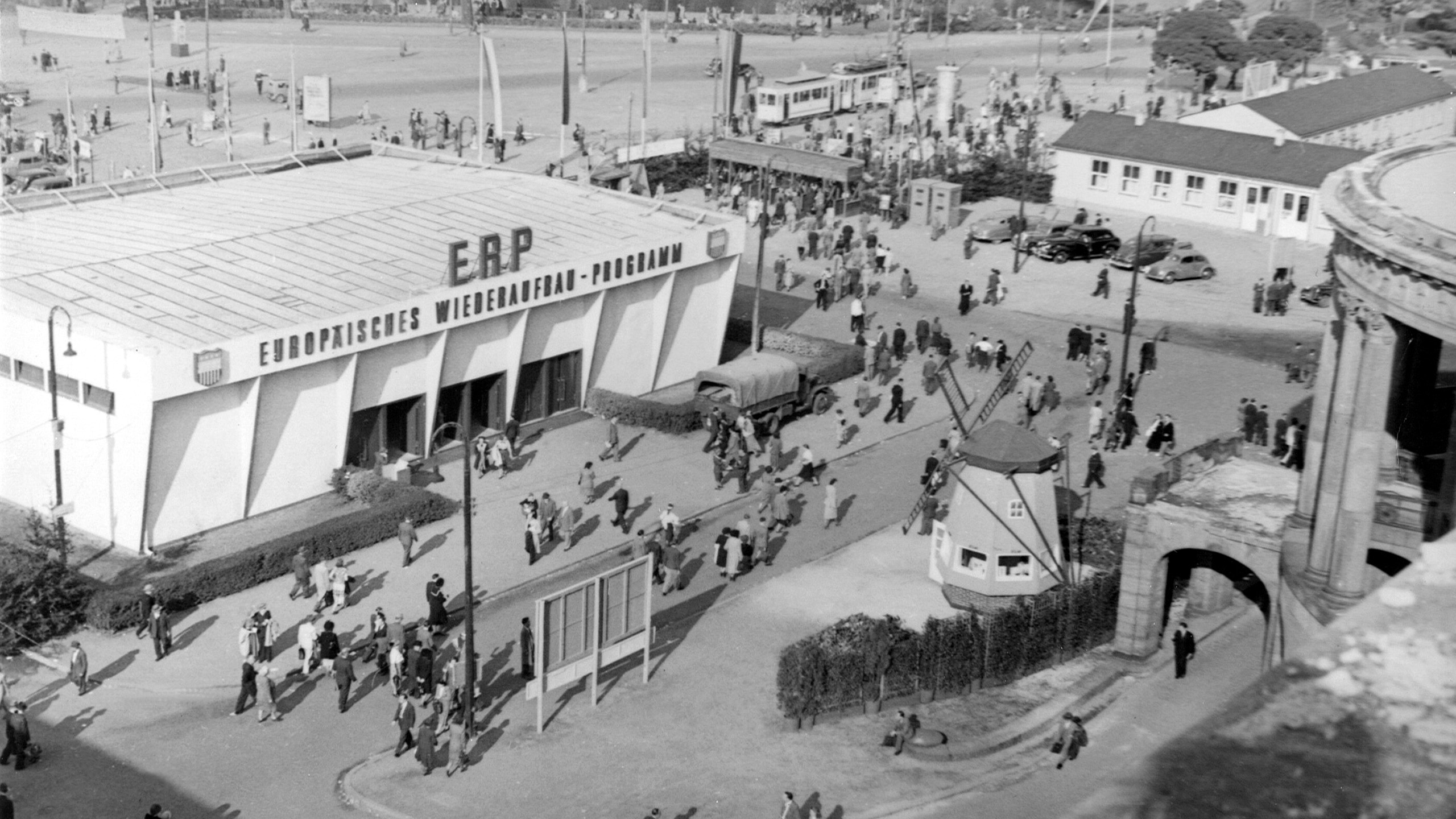Frankfurt has been well known for its trade fairs for some 800 years. In the Middle Ages, merchants and businessmen met at the “Römer”, a medieval building in the heart of the city that served as a market place; from 1909 onwards, they met at the Festhalle. The first Frankfurt trade fair that was documented in writing goes back to the year 1150, and the first highly official Frankfurt Autumn Trade Fair was approved and sealed in a letter by the Emperor Frederick II on 11 July 1240.
Some 90 years later, the Frankfurt Spring Fair also received its privilege from Emperor Louis IV. From that point onwards, trade fairs were held in Frankfurt twice a year, laying the foundation for Messe Frankfurt’s modern-day sector platforms.
History – image gallery
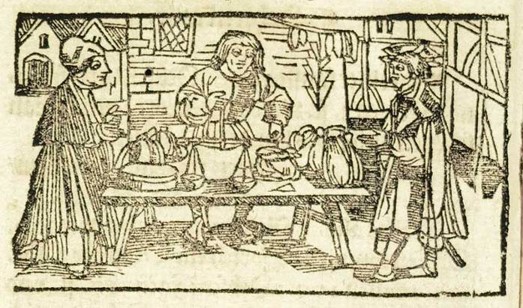
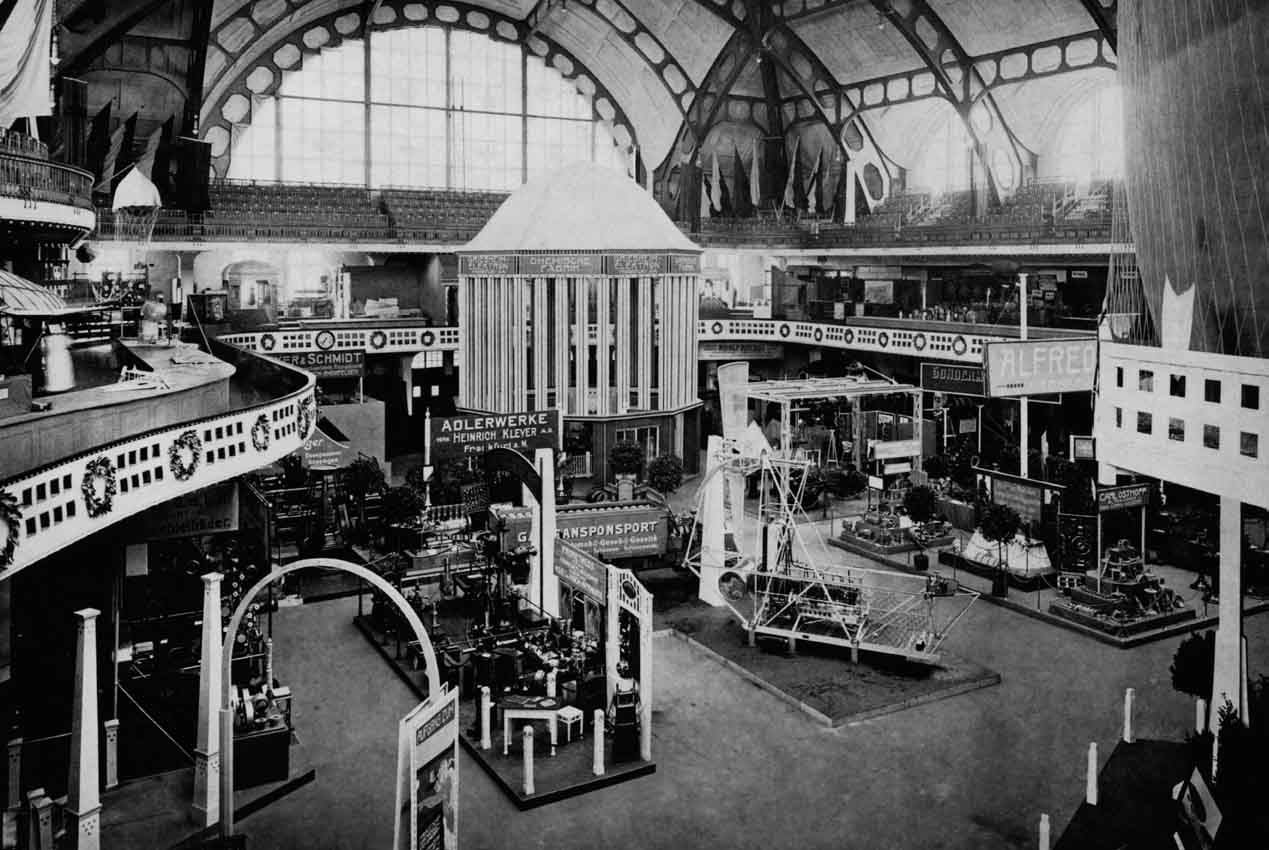
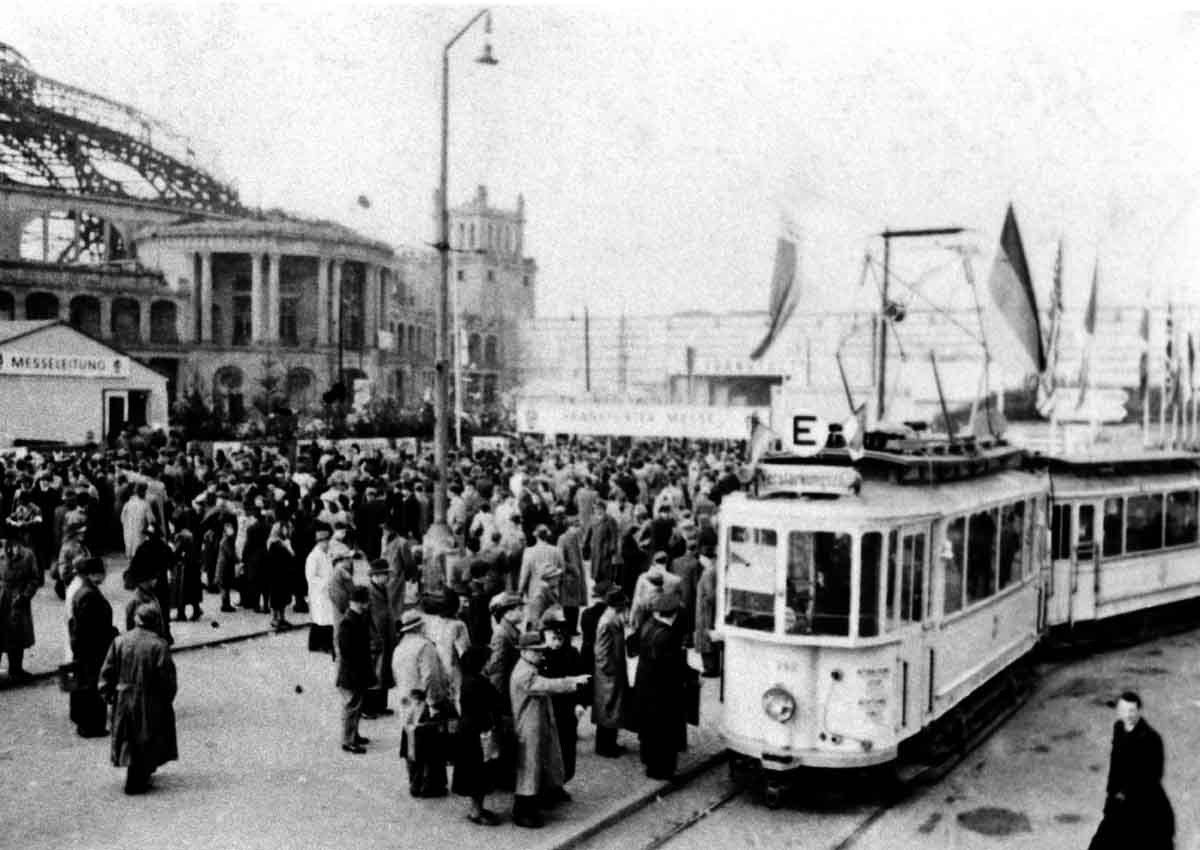
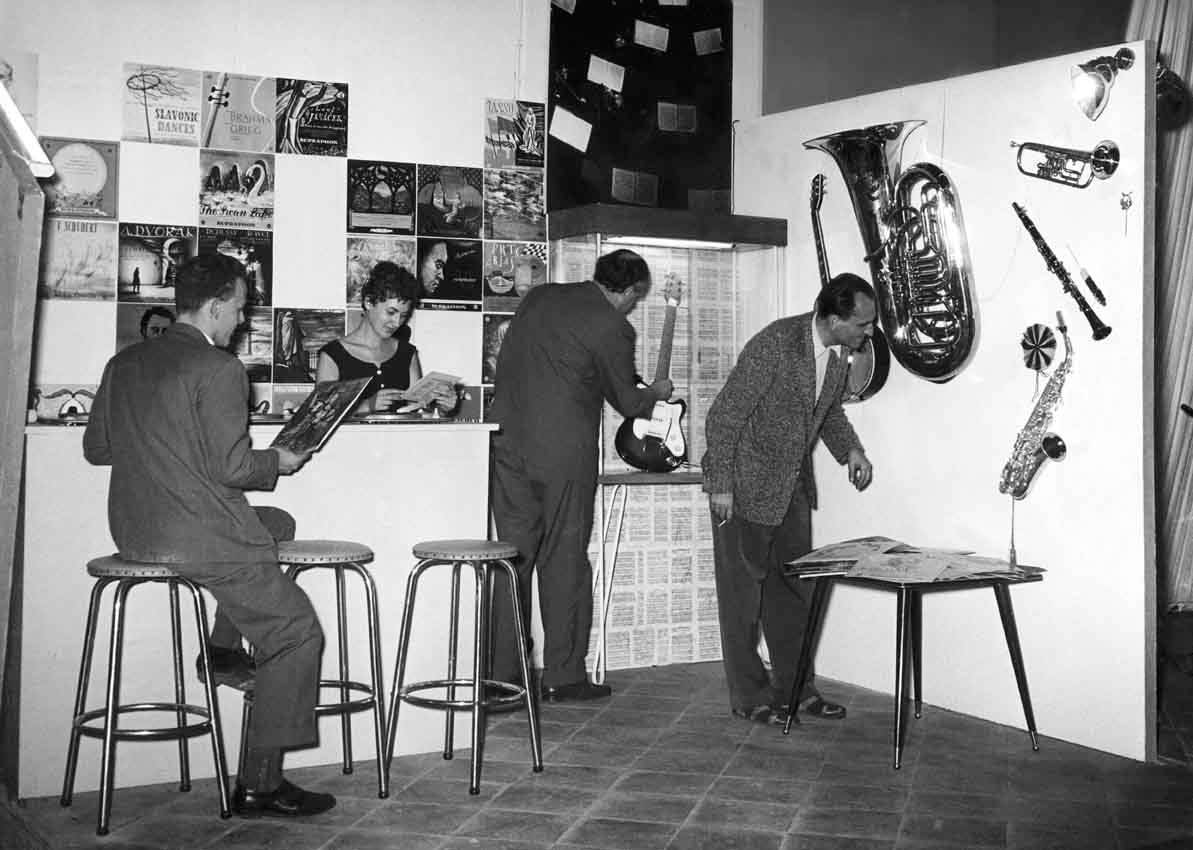
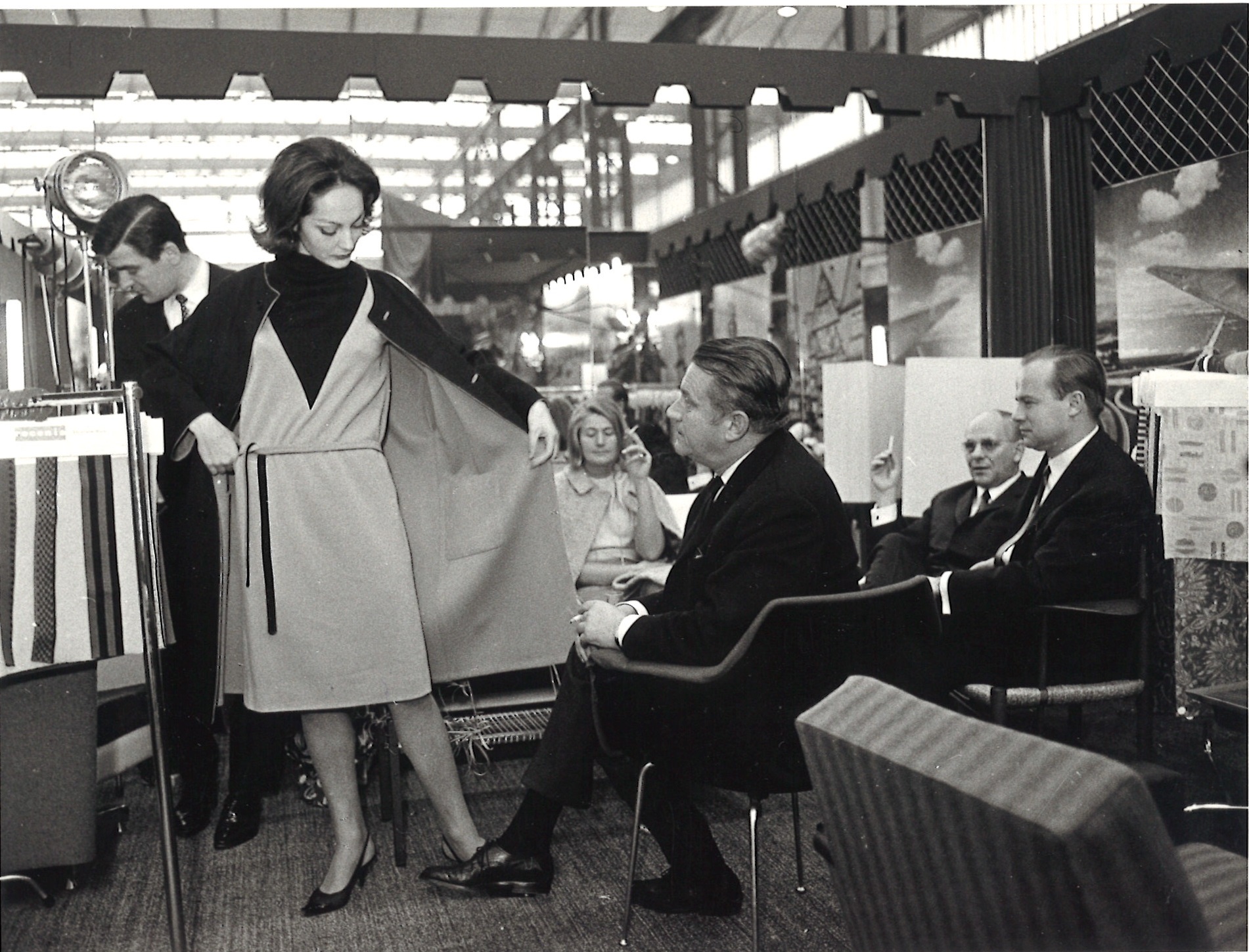
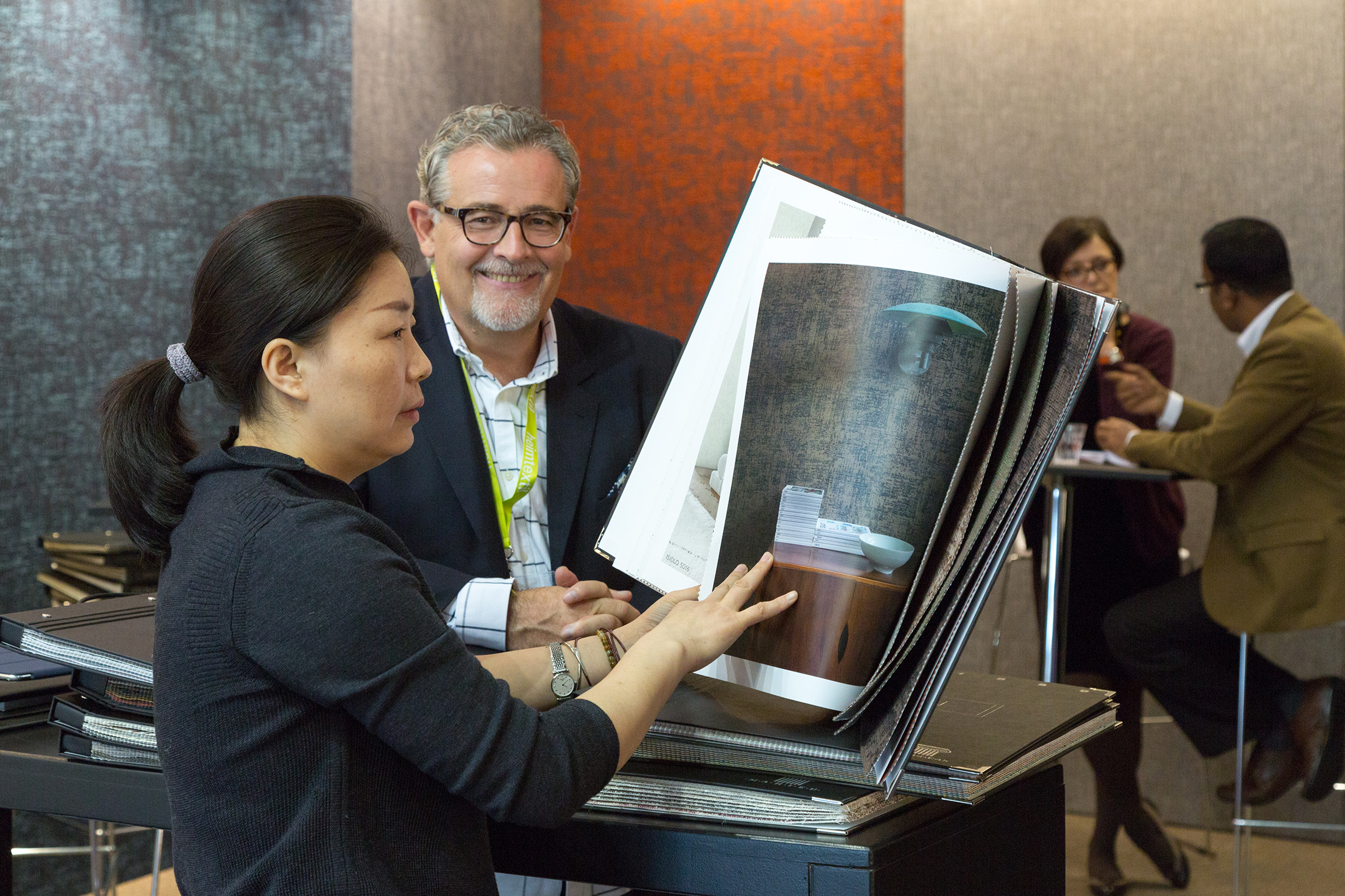
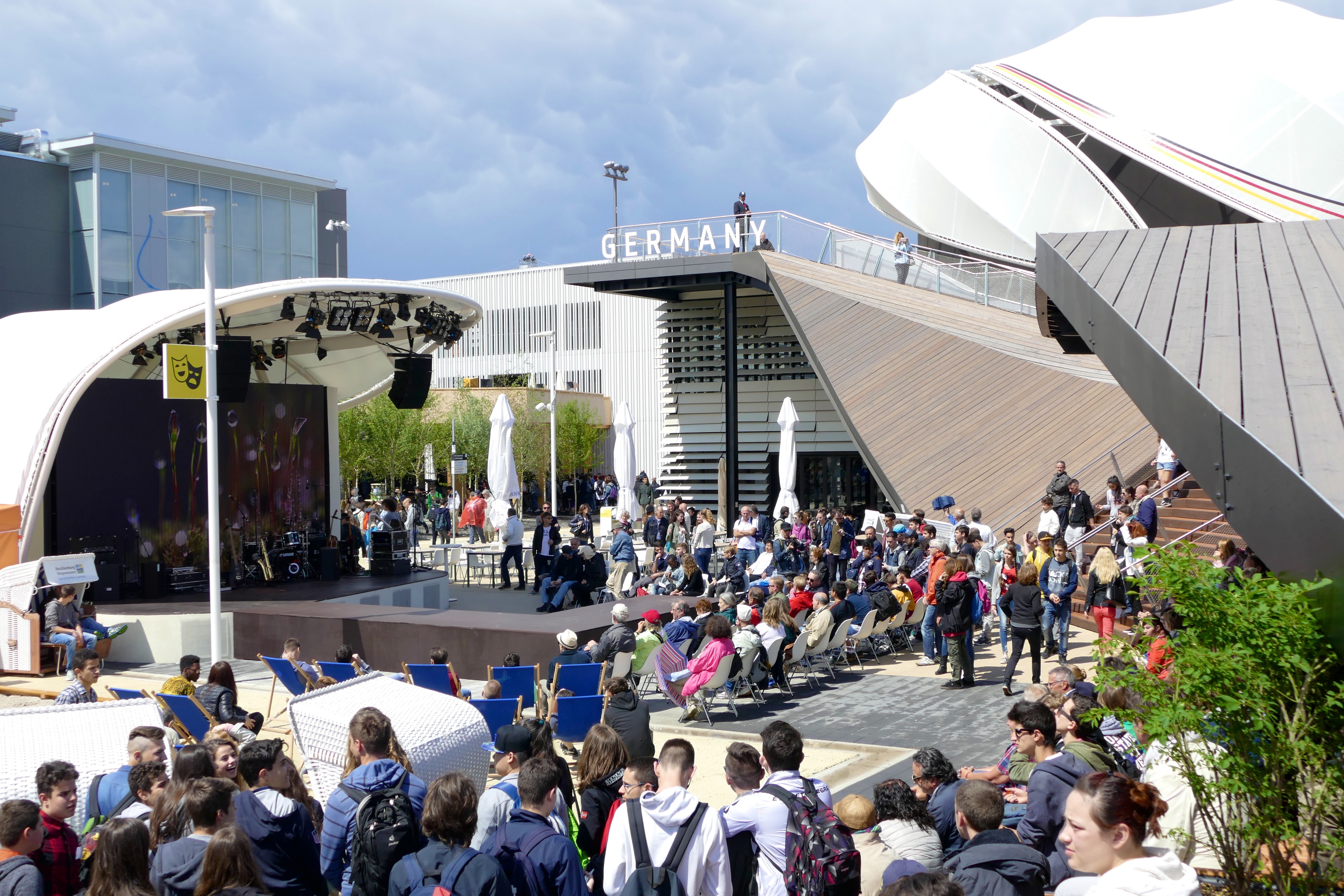
From a medieval marketplace to a global trade fair partner
Frankfurt trade fairs in the Middle Ages
The 14th century was the heyday for Frankfurt trade fairs in the Middle Ages, when they were seen as being the “marketplace of Germany”. As many as 40,000 people came to the city’s trade fairs, a number that exceeded the total population of “Francofurtia” at the time. The city’s geographical position at the crossroads of Europe has given it a priceless advantage since very early in its history. Even in the Middle Ages, its location on the most important European trade route – from Paris via Frankfurt and Leipzig to Nizhny-Novgorod – meant that the medieval imperial city was well integrated into international trade routes which, centuries later, would find their modern equivalent in high-performance infrastructure. Today, Frankfurt is one of the world’s most important hubs for road, rail and air transport and for data transfer.
Start of the modern era
With the advent of the “Gründerzeit” era in the late 19th century, things began looking up for Frankfurt’s trade fair business. The primary reason for this was the new type of industrial technology exhibition. The first World Exhibitions in London (1851) and Paris (1855) heralded the start of this new type of national exhibition. Frankfurt also took part in this boom: industrial exhibitions, cooking exhibitions, agricultural exhibitions and the first automotive exhibitions – not to mention the hugely important International Electrotechnical Exhibition of 1891 – all took place here and met with a tremendous response. These exhibitions – in conjunction with the modern sample fair concept – can be seen as an early incarnation of the specialised fair, otherwise known as the “Frankfurt principle”. Even in these early shows, there was already a clear separation between different fields and sectors, divisions that would become a central factor in the subsequent development of Frankfurt’s trade fair policies. One thing was very clear after the first major exhibitions: for such mammoth shows – not to mention the increasing number of large-scale cultural events like the Deutsches Sängerfest (German Song Festival) or the Deutsches Turnfest (German Gymnastics Festival) – the city urgently needed more and larger buildings. The outcome of this realisation is well known, the construction of the Festhalle marking the creation of one of Europe’s largest exhibition halls. It is the cornerstone of Ausstellungs- und Festhallen-Gesellschaft mbH, the company founded in 1907 that is now known as Messe Frankfurt GmbH.
While the development of the new exhibition business was temporarily interrupted by the First World War, future Mayor Ludwig Landmann pointed the way forward in 1917 with the presentation of his business plan, which assigned trade fairs a central role in the development of the city and its economy. As soon as the war was over, preparations began for the International Import Fair, which opened on 1 October 1919.
In 1920, the “Frankfurt principle” saw its first systematic application with the Frankfurt Spring Fair, and it became an important foundation for the success of Frankfurt's international trade fairs. In the same year, the company was renamed Messe- und Ausstellungs-Gesellschaft mbH.
Frankfurt profited from the vibrant and sometimes hectic trading that took place during the 1920s, and from the city’s propitious location near the French occupation zone. The Frankfurt trade fair expanded, establishing itself as an “all-round exhibition” with particular strength in the textiles and consumer goods sectors.
The 1929 Spring Fair marked a temporary end to the development of Frankfurt's universal fairs, for “Black Friday” and the global economic crisis gave rise to new types of trade fairs and exhibitions, and was followed by the development of specialised trade fairs and exhibitions.
The years during the Nazi regime
With the assumption of power by the Nazis and their implementation of autarchic economic policies, trade fairs and exhibitions were subsumed by ideology, and economic aspects became less important. The most important milestone in the company's development was ACHEMA’s commitment to Frankfurt in 1937.
Plans to expand the exhibition grounds were frustrated by the Second World War. Following Reichspogromnacht (Night of the Broken Glass), the Festhalle was used as a provisional prison for more than 3,000 Jewish citizens of the City of Frankfurt and the Rhine-Main region. They were deported to the Buchenwald and Dachau concentration camps.
Further reading (German only): 100 Jahre unter einer Kuppel: Die Geschichte der Festhalle Frankfurt, Dr. Thomas Bauer et al., Messe Frankfurt (Publisher) 2009, ISBN: 978-3981298000
Frankfurt History App: Frankfurt and National Socialism: a tour of the city during the November pogroms in 1938
- Interactive city tour – a university student project. Find out more in our blog.
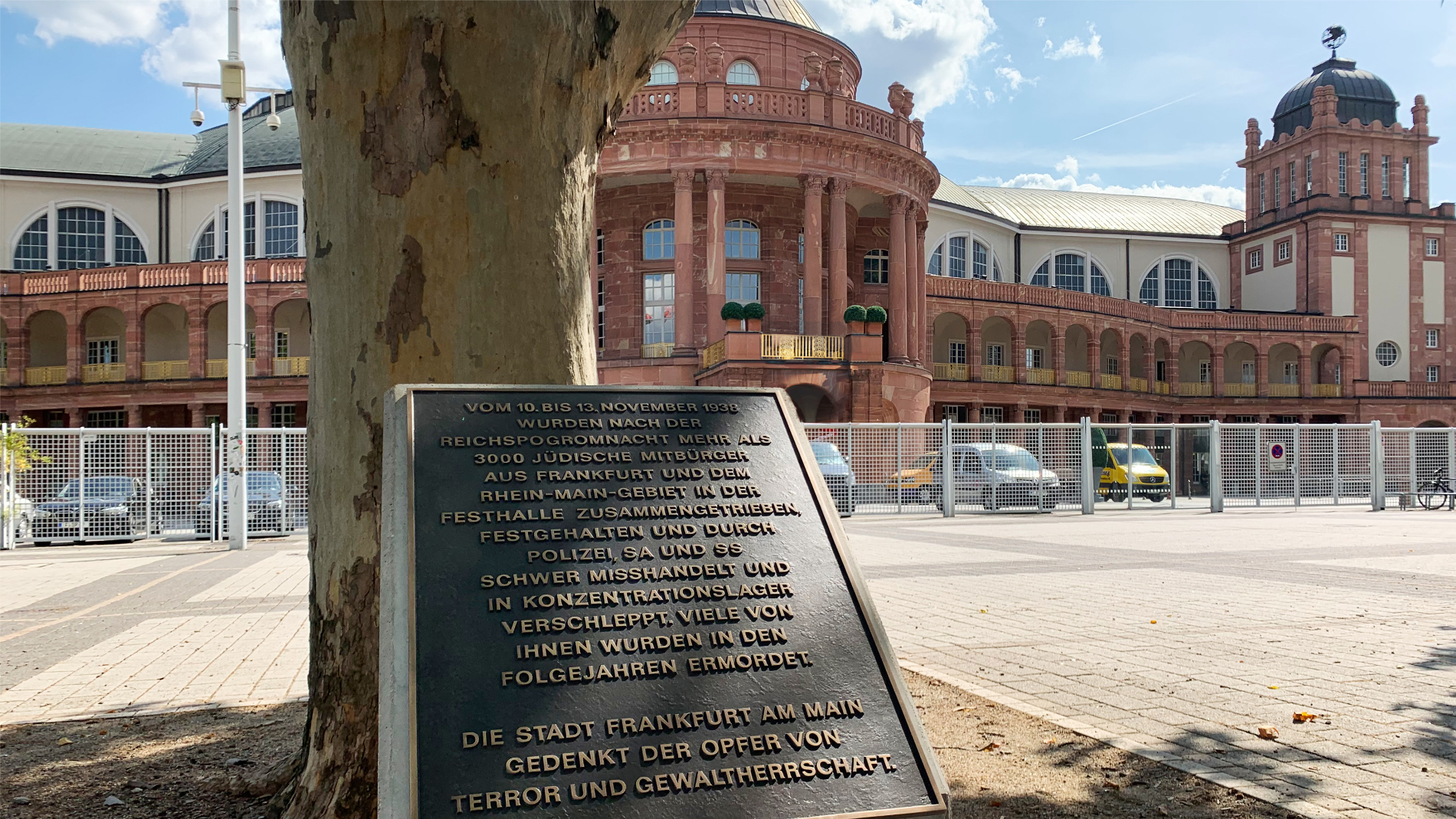
Memorial plaque commemorating the victims of the Reichspogromnacht
There is a bronze plaque with the following inscription in the Festhalle forecourt and another on the Rotunde:
“In the days following the Reichspogromnacht (Night of Broken Glass) between 10 and 13 November 1938, more than 3,000 Jewish citizens from Frankfurt and the Rhine-Main region were rounded up in the Festhalle, detained and severely abused by police, SA and SS officers, and subsequently deported to concentration camps. In the years that followed, many of them were murdered. The City of Frankfurt am Main commemorates the victims of terror and tyranny.”
By 1945, 95 percent of the exhibition grounds had been destroyed.
New beginning and the “Frankfurt principle”
When Mayor Kolb announced on 25 August 1946 that Frankfurt was “going to be a trade fair city once again”, this was because he believed that reconstructing the trade fair would send a positive signal and help to regenerate the entire city. The Frankfurt Trade Fair, held from 3 to 8 October 1948, carried on the tradition of Frankfurt’s international trade fairs held between 1919 and 1929, playing host to 1,771 pioneering exhibitors, of whom 46 were from outside Germany. A total of 32 different industries presented their goods – ranging from textiles and machines to foodstuffs, drinks and tobacco – over a total of 60,000 square metres of exhibition area in provisional lightweight constructions, tents or simply in the open air. More than 300,000 visitors were able to obtain a comprehensive overview of the full range of products on offer in the three western zones of occupation. The economic and psychological impact of this first autumn trade fair was enormous, both with regard to stimulating foreign trade and for the reconstruction and expansion of the exhibition grounds.
Another way in which the International Frankfurt Trade Fair helped to shape the modern-day Messe Frankfurt was that the increasing diversity of products on offer soon created a trend towards greater specialisation of trade fairs, the “Frankfurt principle”. The trend was kicked off in 1959 by Interstoff, a trade fair for apparel fabrics, with the first ISH (Sanitation and Heating) following suit in 1960. In 1971, home and household textiles were allocated their own trade fair, Heimtextil, while the cancellation of the IAA in the same year led to the development of Automechanika for automotive workshops and suppliers within a few short weeks. Musikmesse was launched in 1980 and the International Spring Fair was reorganised into the independent Premiere and Ambiente trade fairs in 1990. In 1996, Premiere was split up into Paperworld, Beautyworld and Christmasworld, while the Autumn Fair was rechristened Tendence.
Today: High-performance centre for global marketing
The bustling market for goods of the medieval world has evolved into a high-performance centre for global marketing. The world’s leading trade fairs for consumer goods, textiles, automotive technology, architecture and technology all have their home in Frankfurt am Main. Messe Frankfurt has exported successful brands such as Ambiente, Heimtextil, Automechanika, Light + Building and ISH around the globe, creating a global marketing instrument with the same high standards of quality for SMEs in particular. Frankfurt’s trade fairs are continuing to develop and thrive, with new ones being added all the time. At the same time, the range of services offered by Messe Frankfurt is continually being expanded through digital facilities, providing essential added value to customers.
Financial year 2020 brought about a historical break in the stable growth that Messe Frankfurt has enjoyed since the Second World War. Owing to the global coronavirus pandemic and the ensuing travel restrictions and quarantine regulations, physical events around the world were cancelled or restricted locally. Around two thirds of the events under the Messe Frankfurt umbrella had to be cancelled or postponed. A series of events were held as additional digital formats. Messe Frankfurt still had to contend with the effects of the pandemic in 2021, not least due to the ongoing volatile situation and worldwide travel restrictions. Similarly, hardly any events could be held in the first quarter of 2022 owing to the pandemic. After all the restrictions had been lifted in April, the first trade fairs started up again on Messe Frankfurt’s exhibition grounds. Since then, events around the world have been very dynamic again – with personal interaction supplemented by digital elements, they remain the classic meeting places for their sectors.
Messe Frankfurt was and is the city’s “nerve centre”, a term that refers to its positive socio-economic impact. Trade fairs always generate additional revenue for Frankfurt and the surrounding region – be it for hotels or restaurants, stand construction companies or taxis. This means that Messe Frankfurt makes a direct contribution towards safeguarding jobs in the Rhine-Main region. This is evident from a study on the positive socio-economic impact, conducted by Munich University’s independent Ifo Institute for Economic Research in 2017. Messe Frankfurt generates purchasing power of €3.6 billion outside the company’s exhibition grounds. Its trade fair business is responsible for some 18,500 jobs in Frankfurt, and a total of approximately 33,260 jobs in Germany as a whole. This makes the company a jobs engine for Frankfurt, Hesse and the entire Federal Republic of Germany.
The German Pavilion at EXPO 2015
On behalf of the Federal Ministry of Economic Affairs and Energy, Messe Frankfurt organised the construction and operation of the German Pavilion at Expo Milano 2015.
The theme for Expo 2015 in Italy was “Feeding the Planet, Energy for Life”. The country presentations centred on the key words food, energy, globe and life.
The German Pavilion, “Fields of Ideas”, showed new and surprising problem-solving approaches from Germany for producing food in the future. True to its motto, “Be active!”, it invited visitors – some three million in all – to take action themselves.
